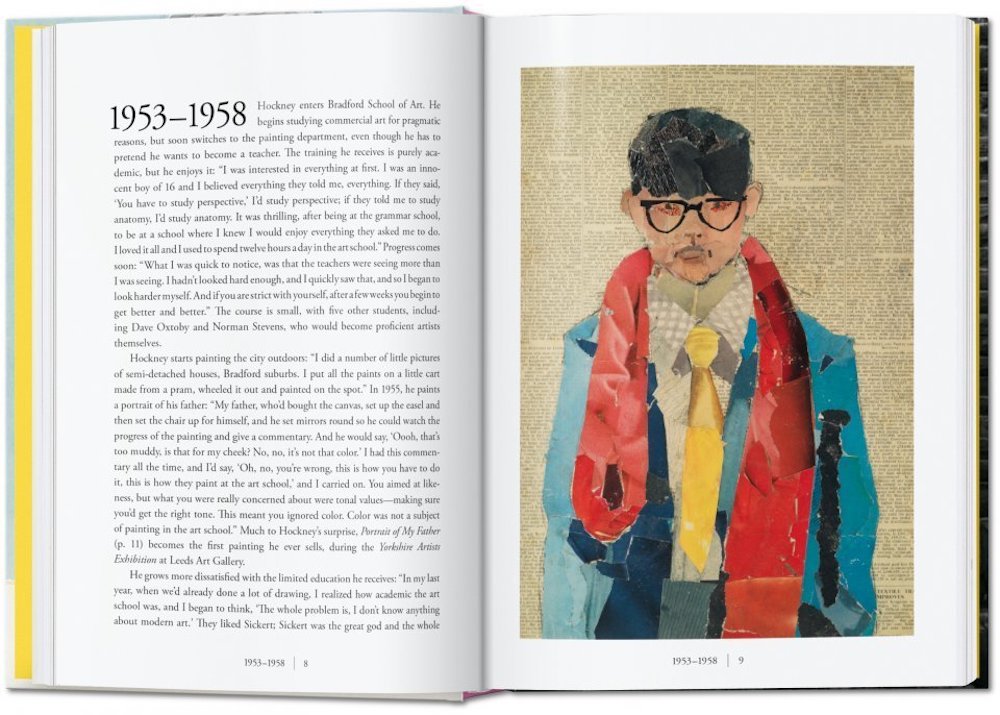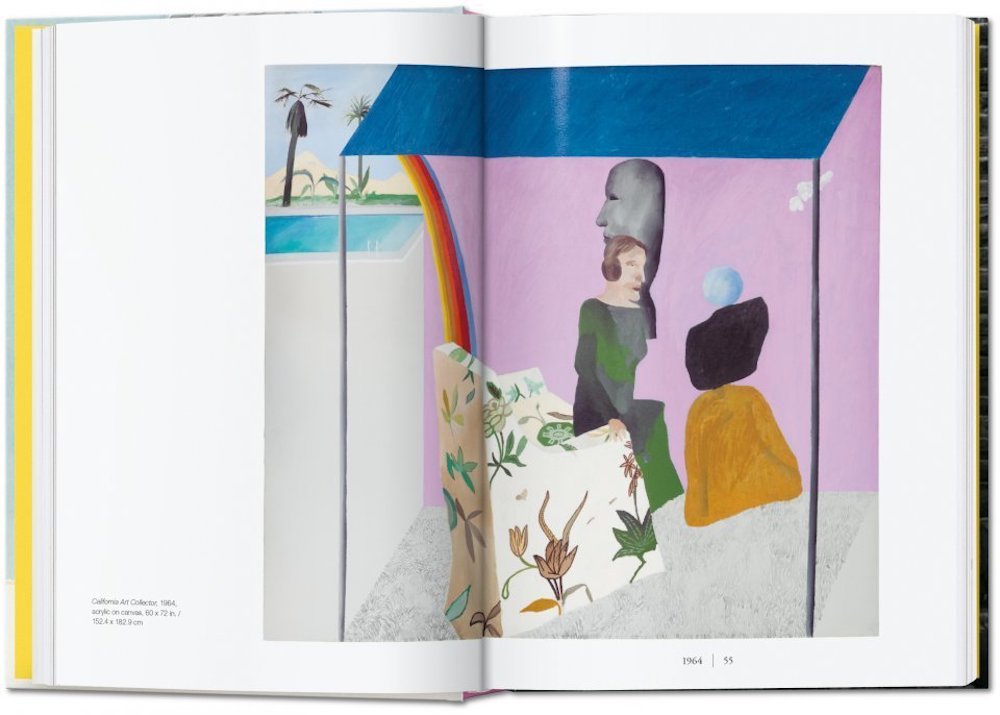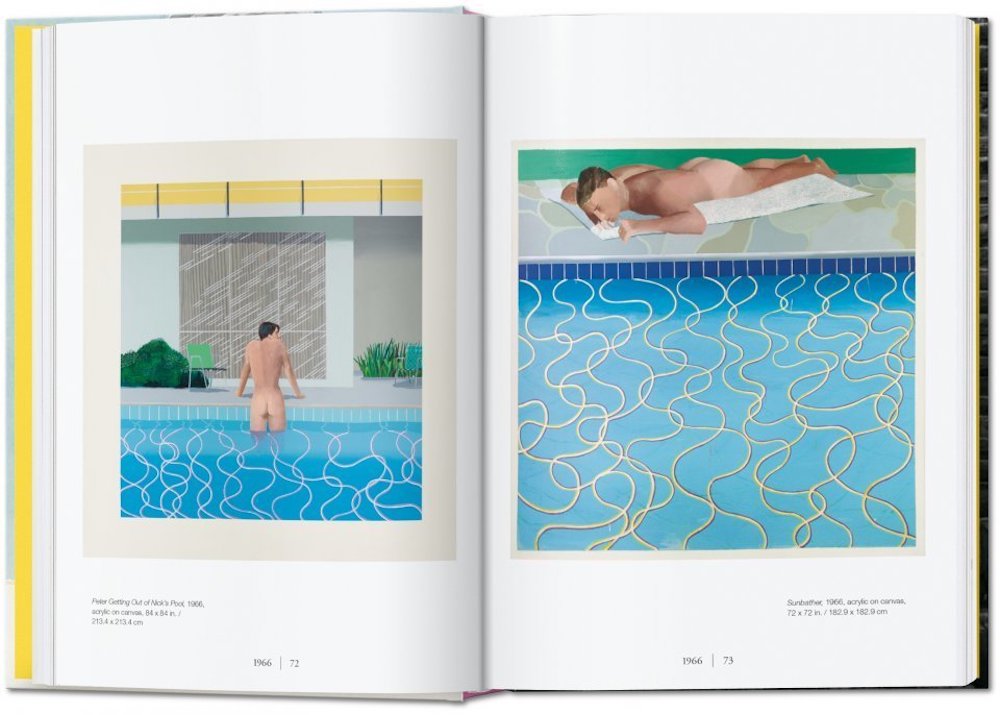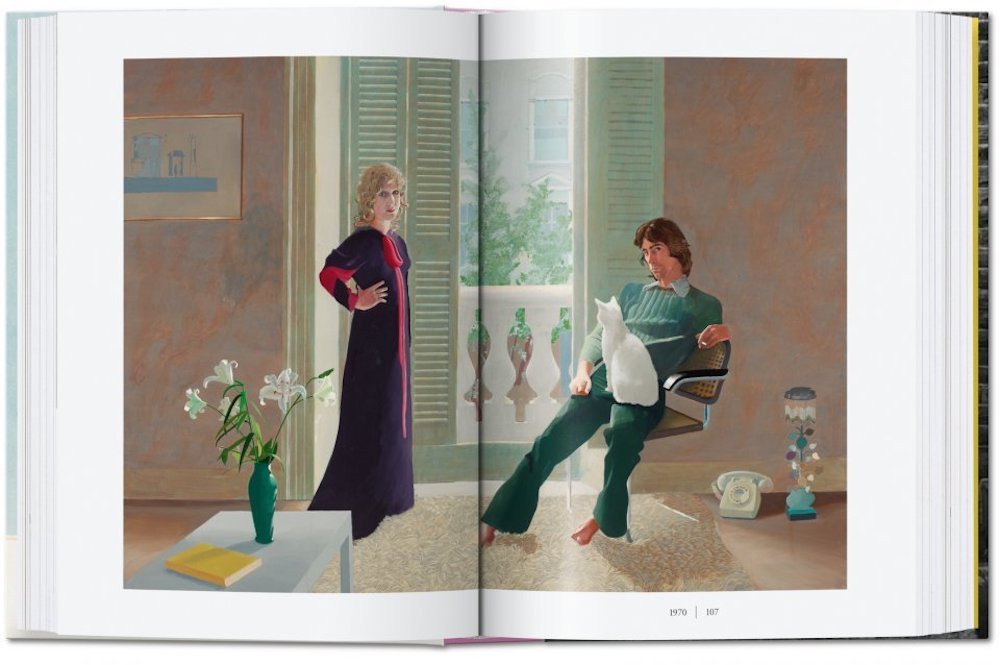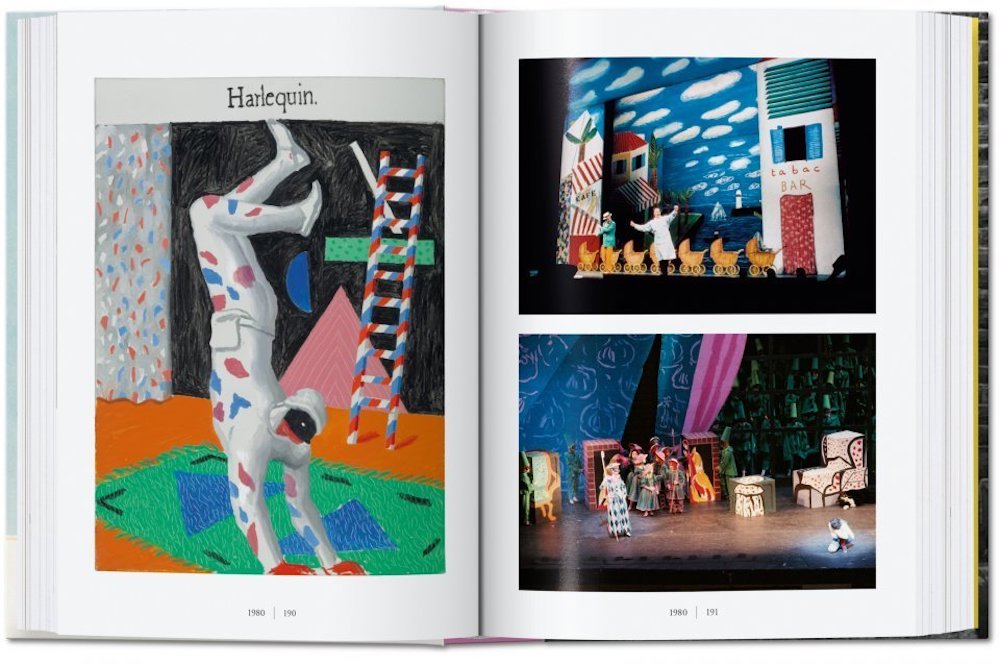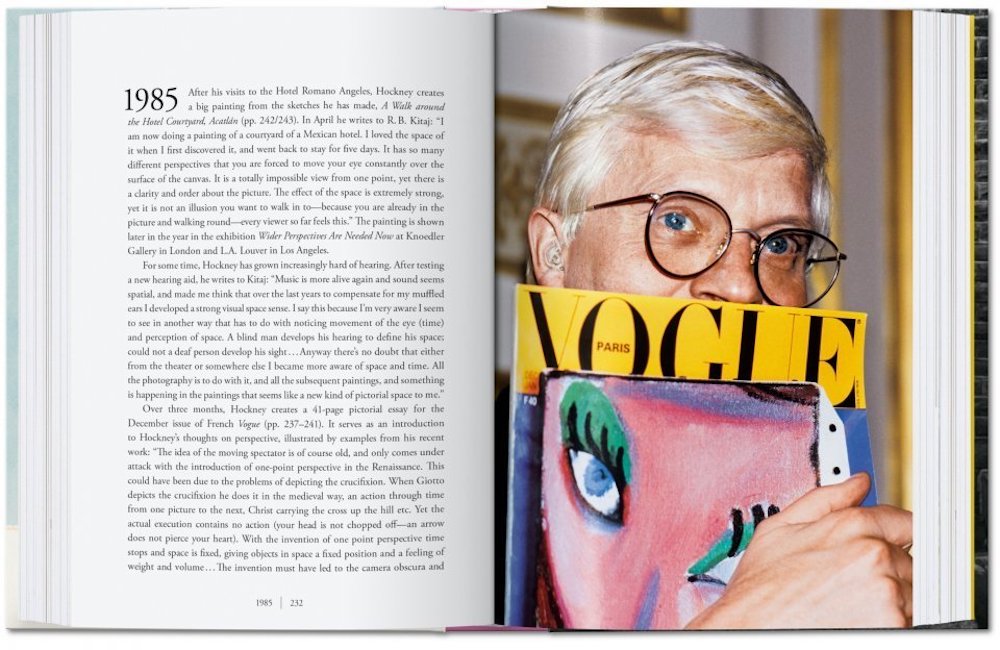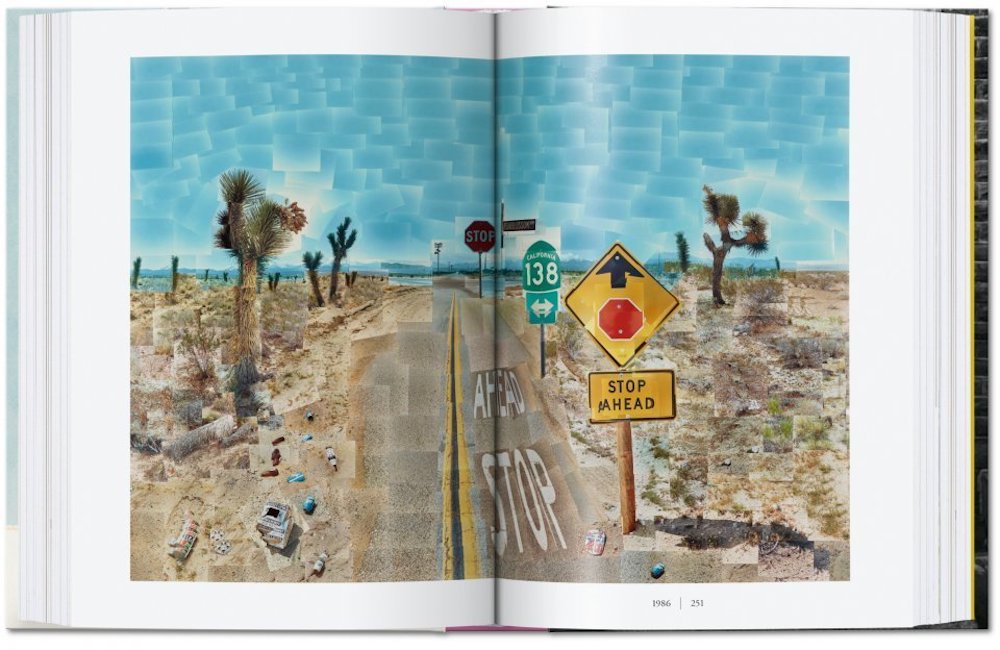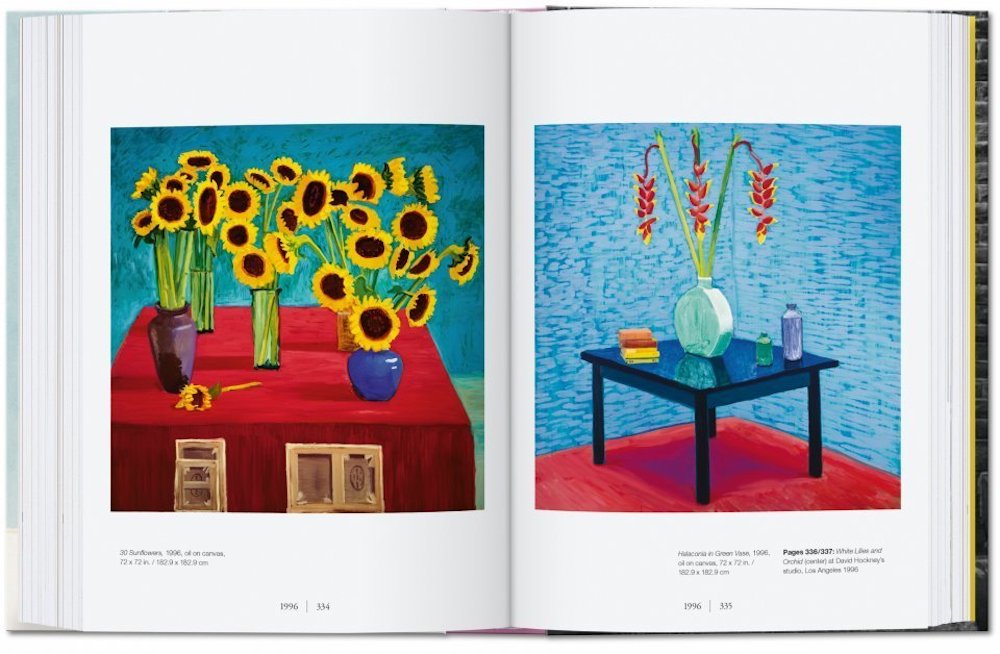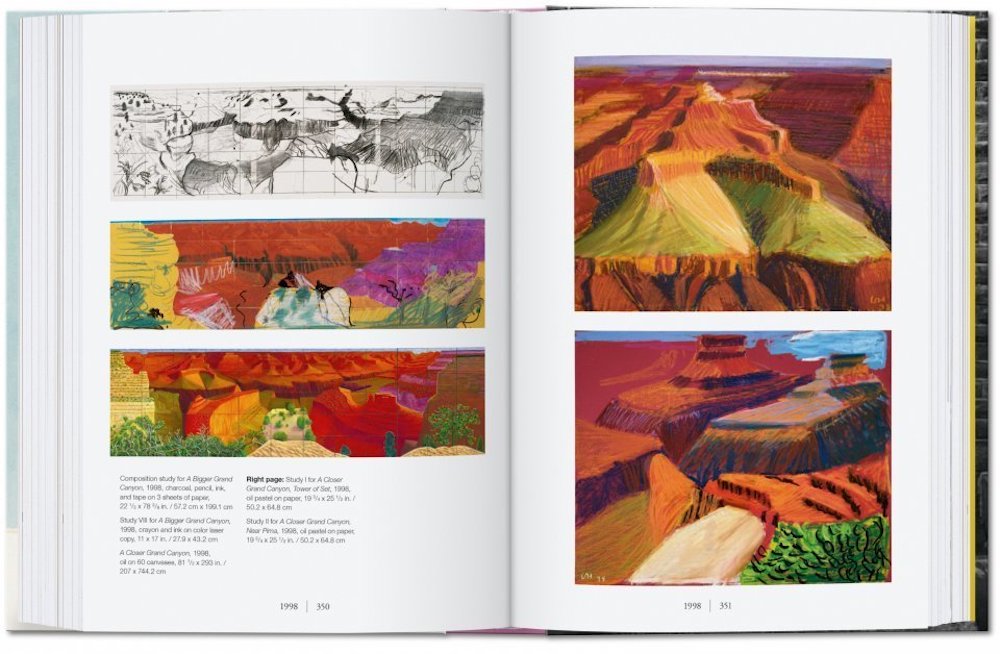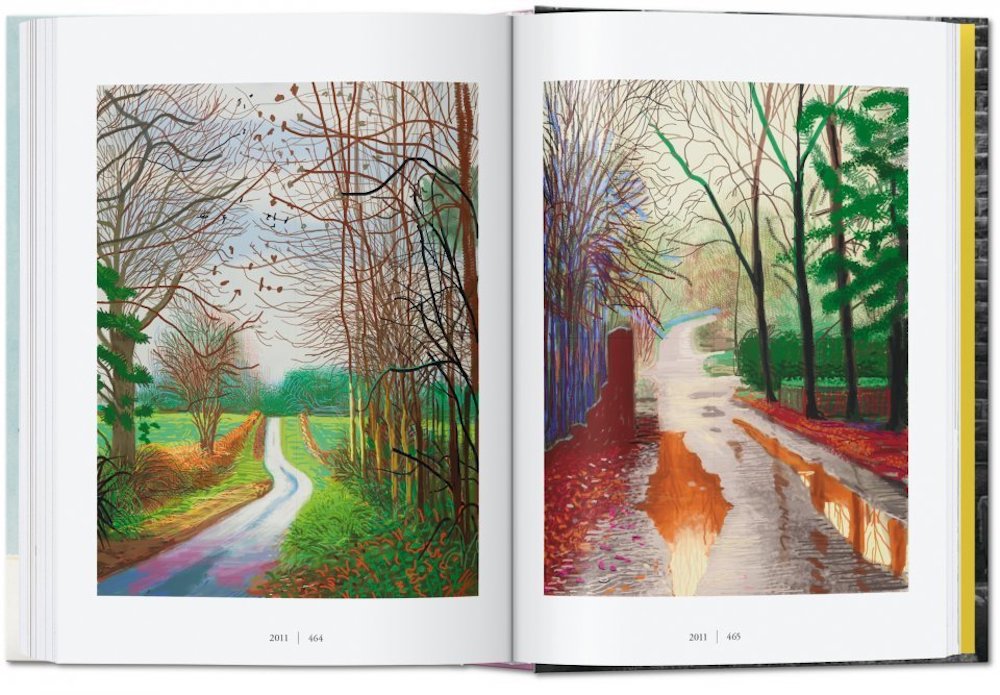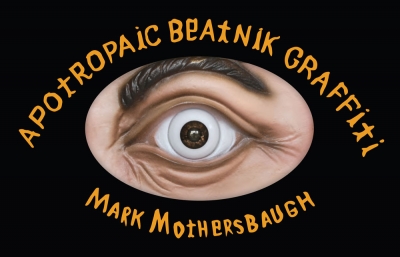Some of you may beg to differ, but I’ve always felt that David Hockney is underrated. This living legend who still graces us with his work, a painter’s painter, a master of his craft who clearly just wants to paint and paint (and paint more, so much so that his iPad became a recent revelation) is underestimated. It feels so liberating to make this statement, especially when thinking about the figurative and landscape artists who cite him as an influence. Of course, he is. An essential force in the canon of art over the past half-century and more, perhaps we’re inclined to overlook his contributions because he's been making them so consistently for so long
That is why I’m enjoying a new monograph by Taschen Books, who, in celebrating their 40th anniversary, have compiled a special edition, David Hockney. A Chronology. 40th Anniversary Edition, announcing an “unprecedented year by year journey through the life and work of David Hockney.” In addition to the reasons cited above, this could be the essential collection, comprising so many eras and decades that shape and reflect the master of color. As a year-by-year summation, the guidebook unfurls the Swinging Sixties in London, the lush swimming pools of Los Angeles, insightful portraits, experimental nature works, iPad paintings, and everything in between. Of this comprehensive survey, the publisher notes, “This special edition has been newly assembled from the two volumes of the David Hockney: A Bigger Book monograph to celebrate TASCHEN’s 40th anniversary… Hockney’s life and work is presented year by year as a dialogue between his works and voices from the time period, alongside reviews and reflections by the artist in a chronological text, supplemented by portrait photographs and exhibition views.”
You know his name, it’s larger than life. Often his work is too, but it can also be so subtle and nuanced that it can’t be categorized in a career niche. David Hockney. A Chronology. 40th Anniversary Edition is an intimate and grand look at one of the most popular artists of our time. Sometimes we need a reminder of why the greats are the GOATs. —Evan Pricco


